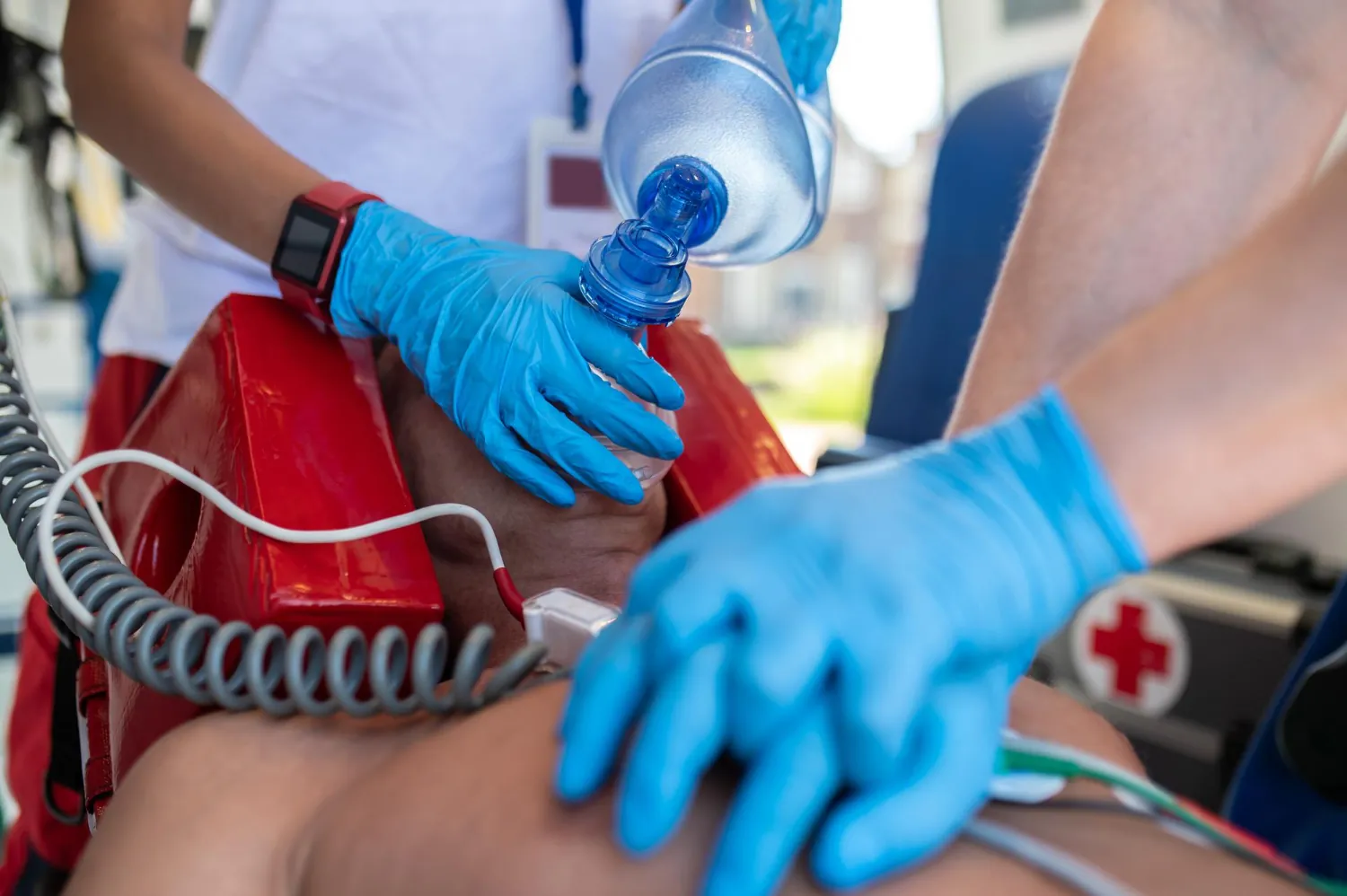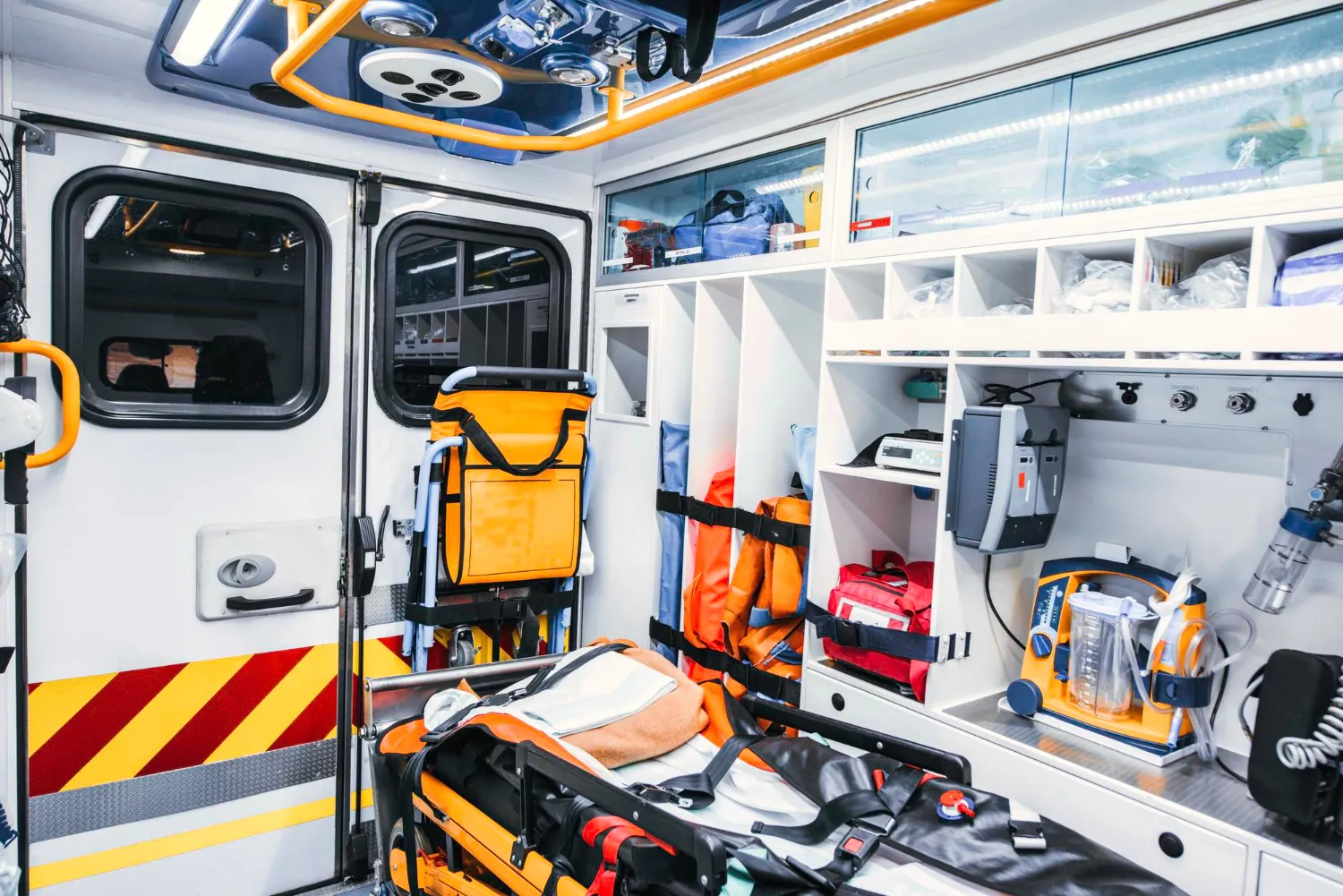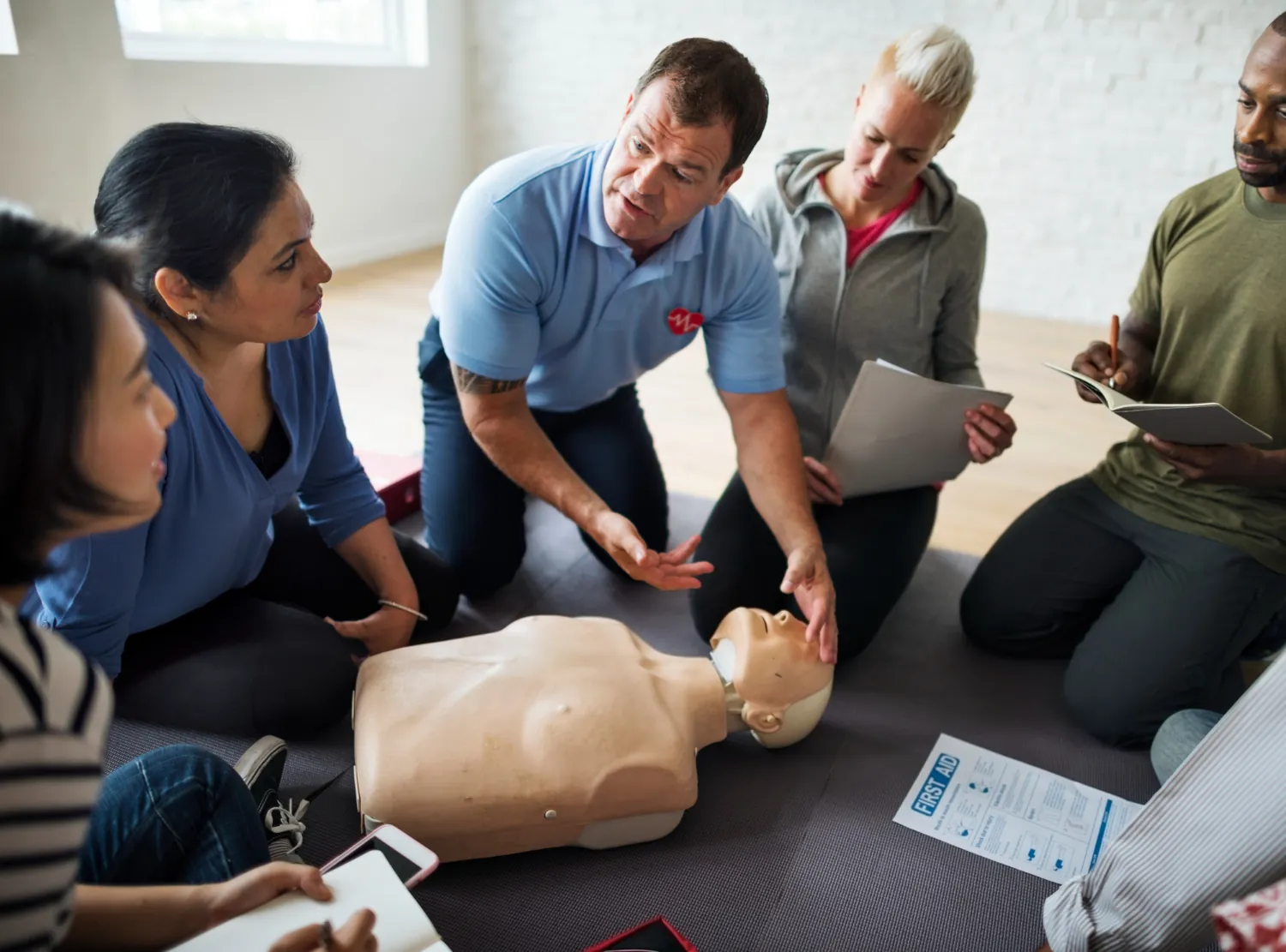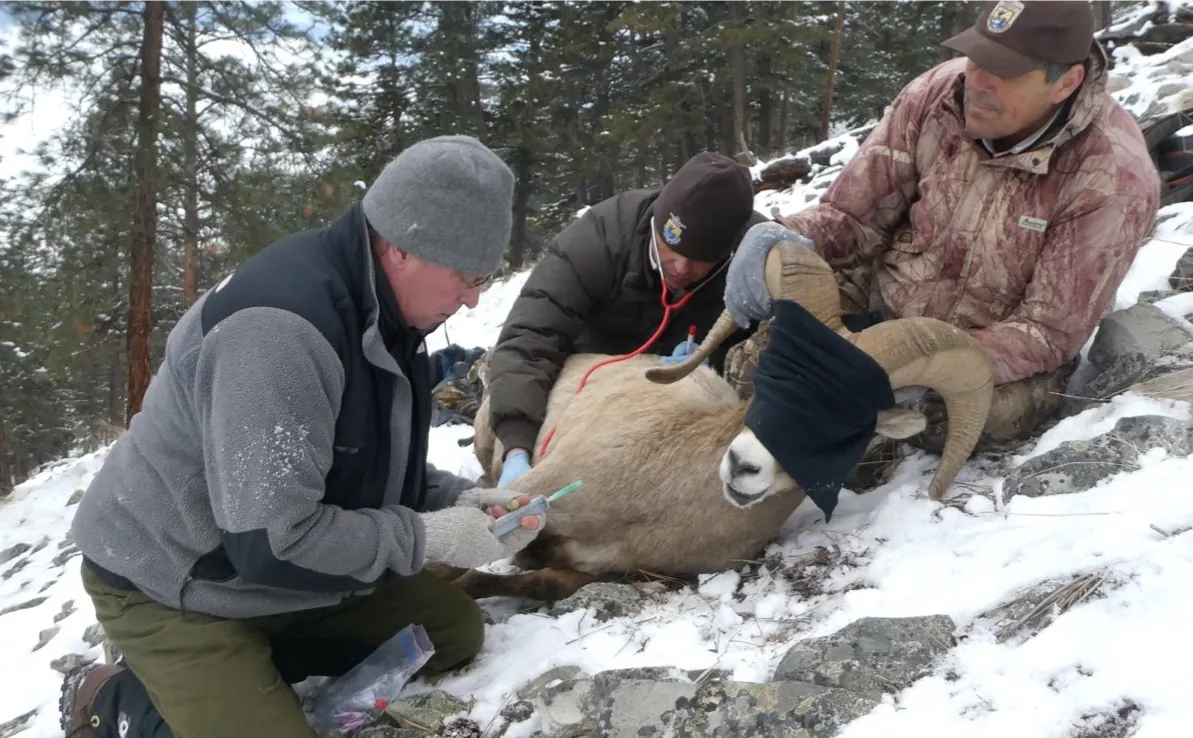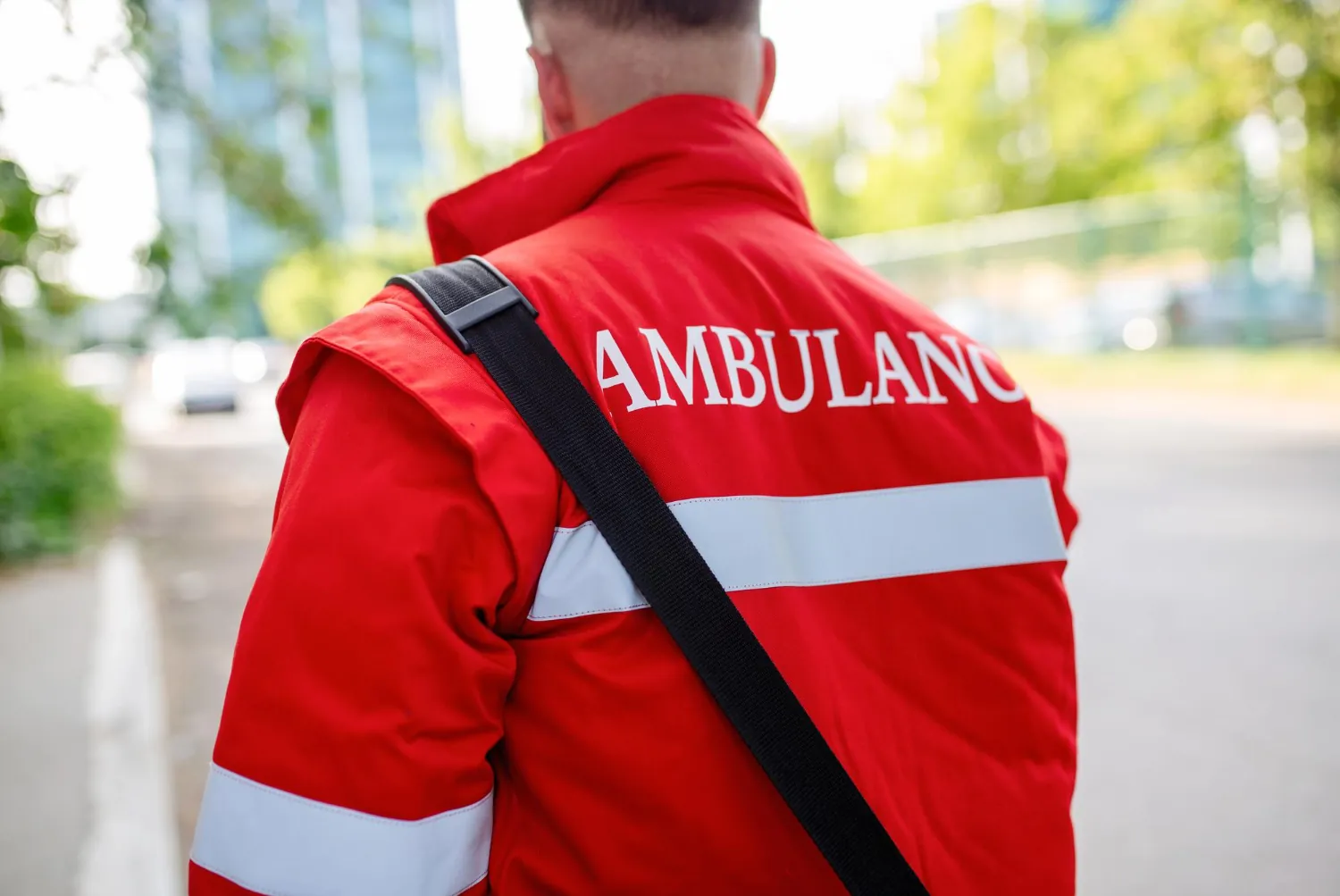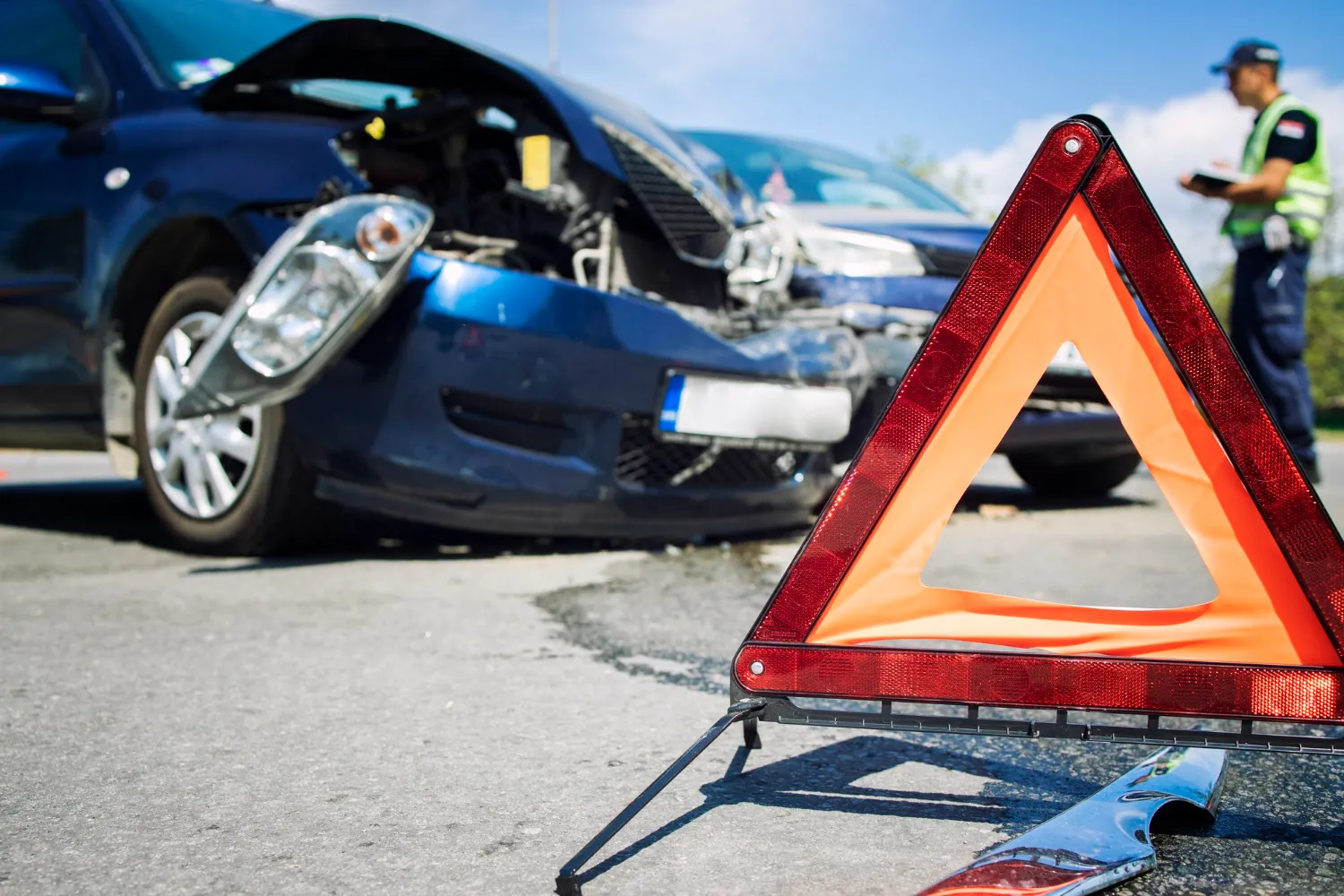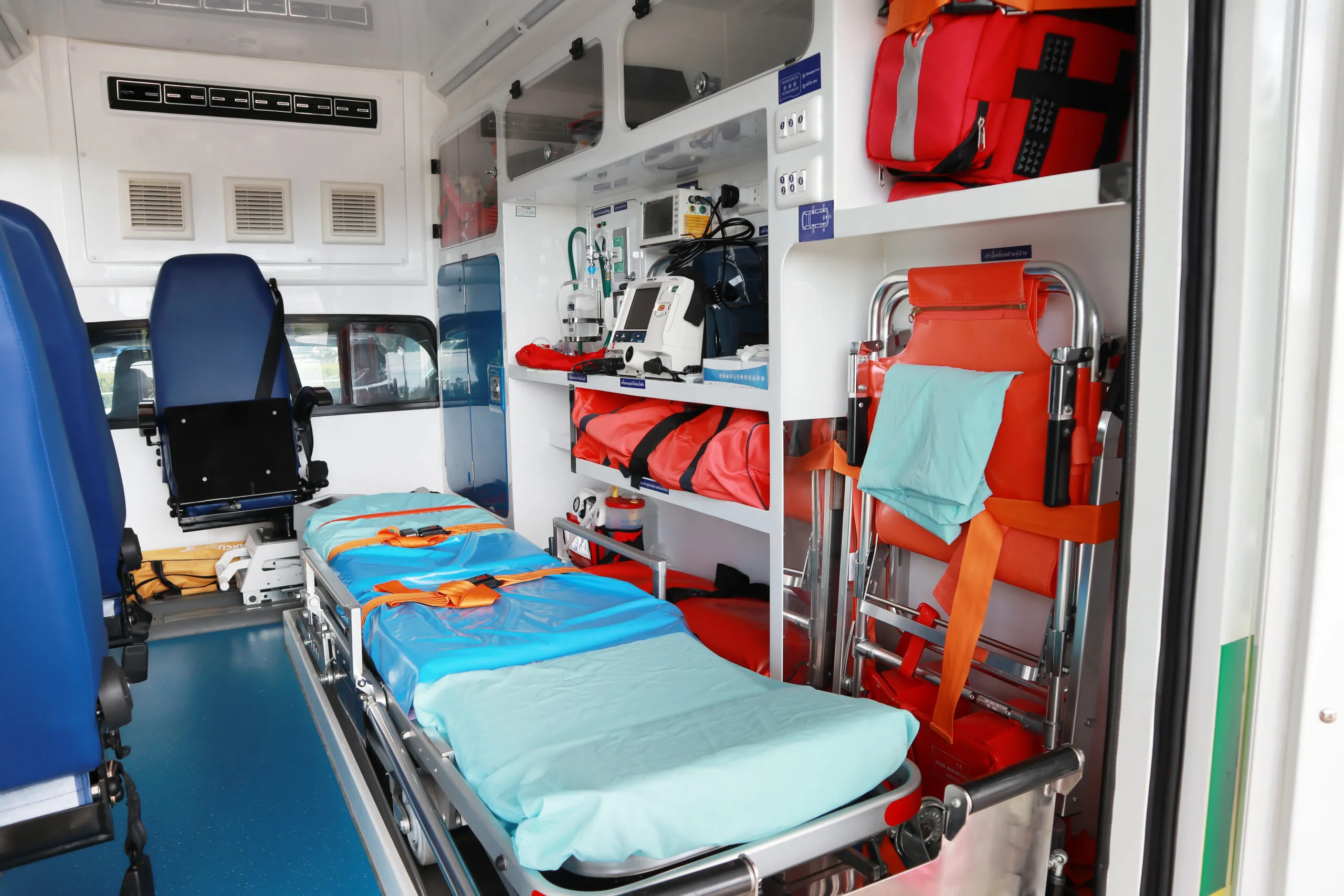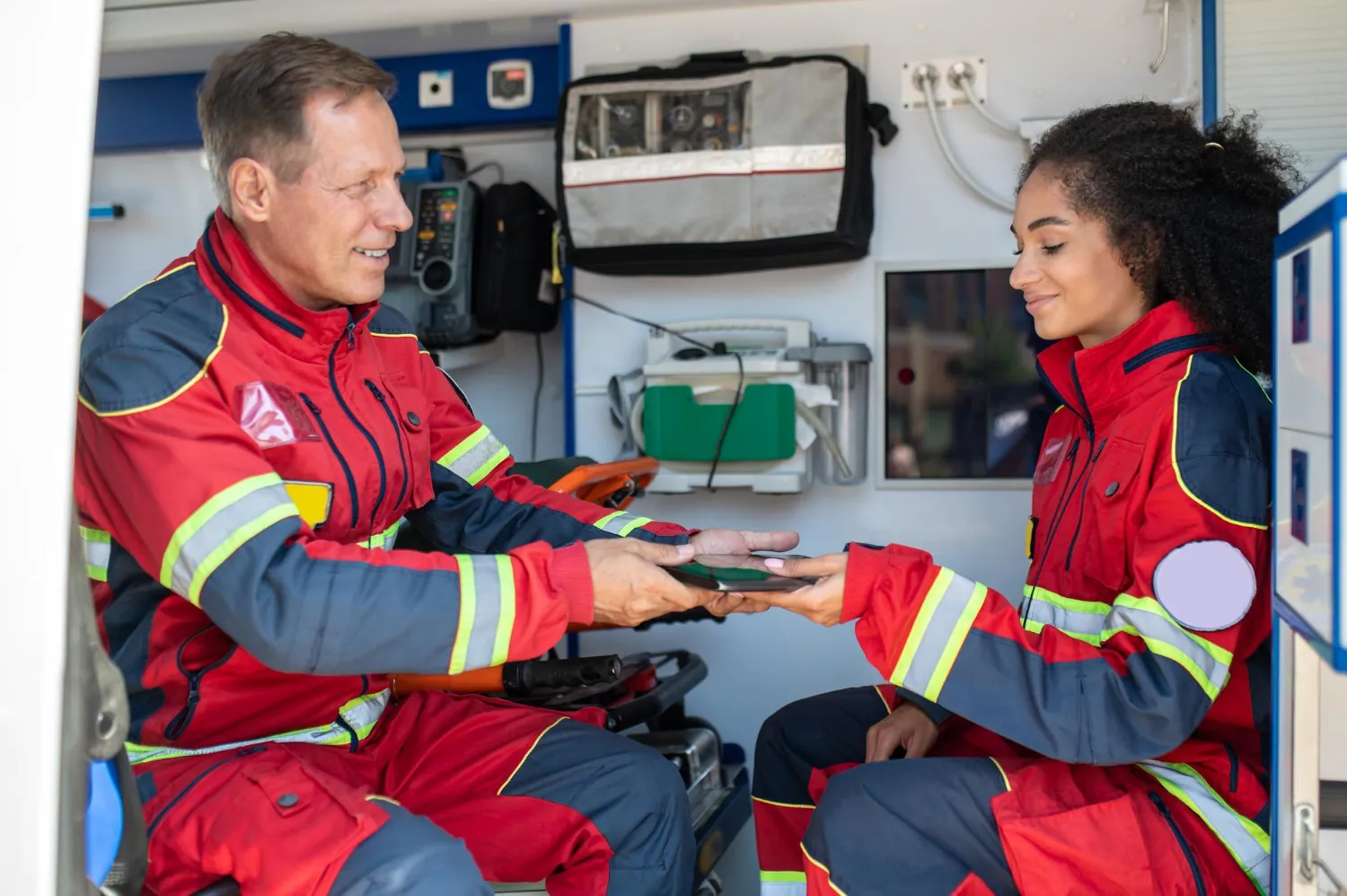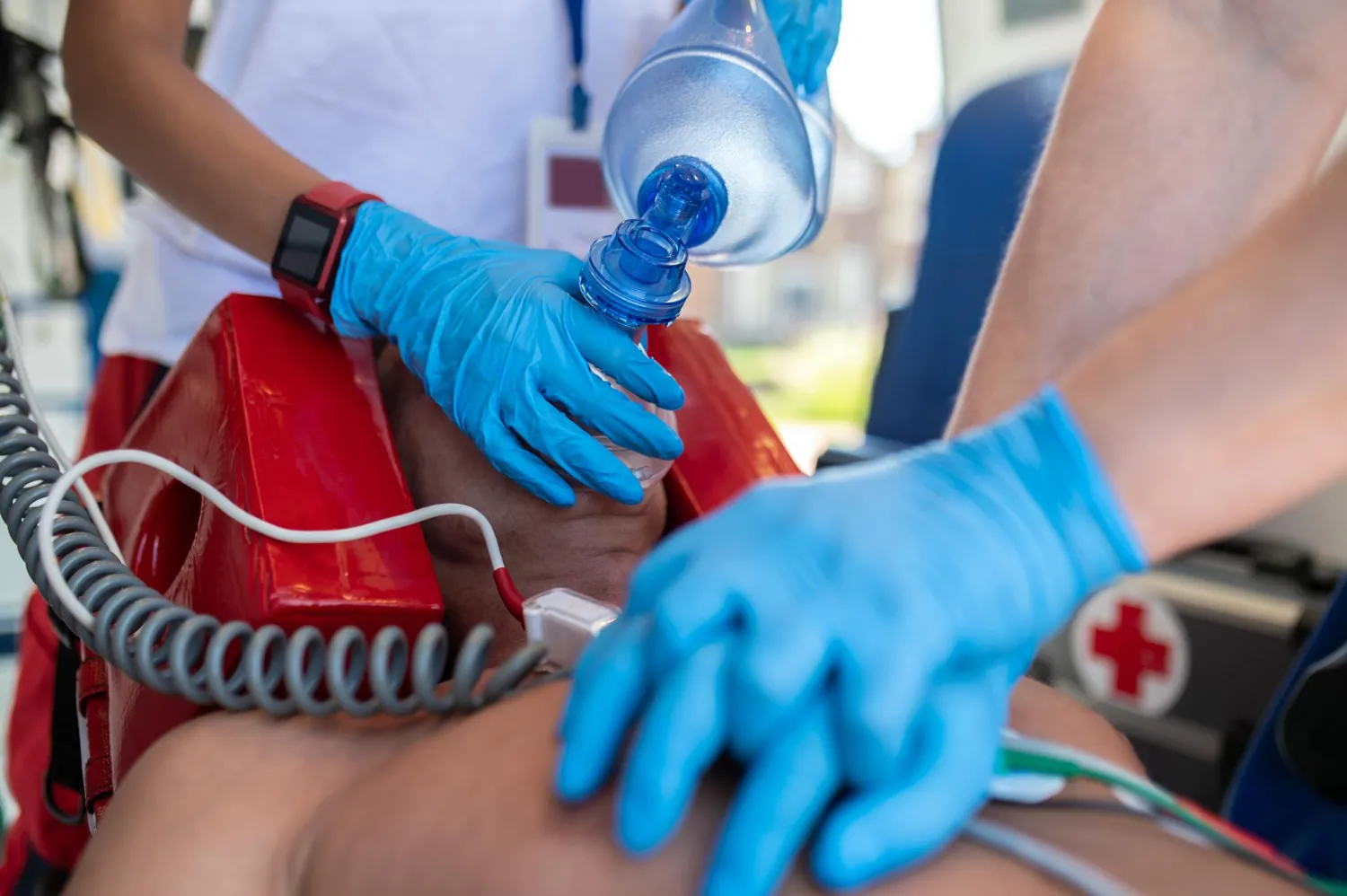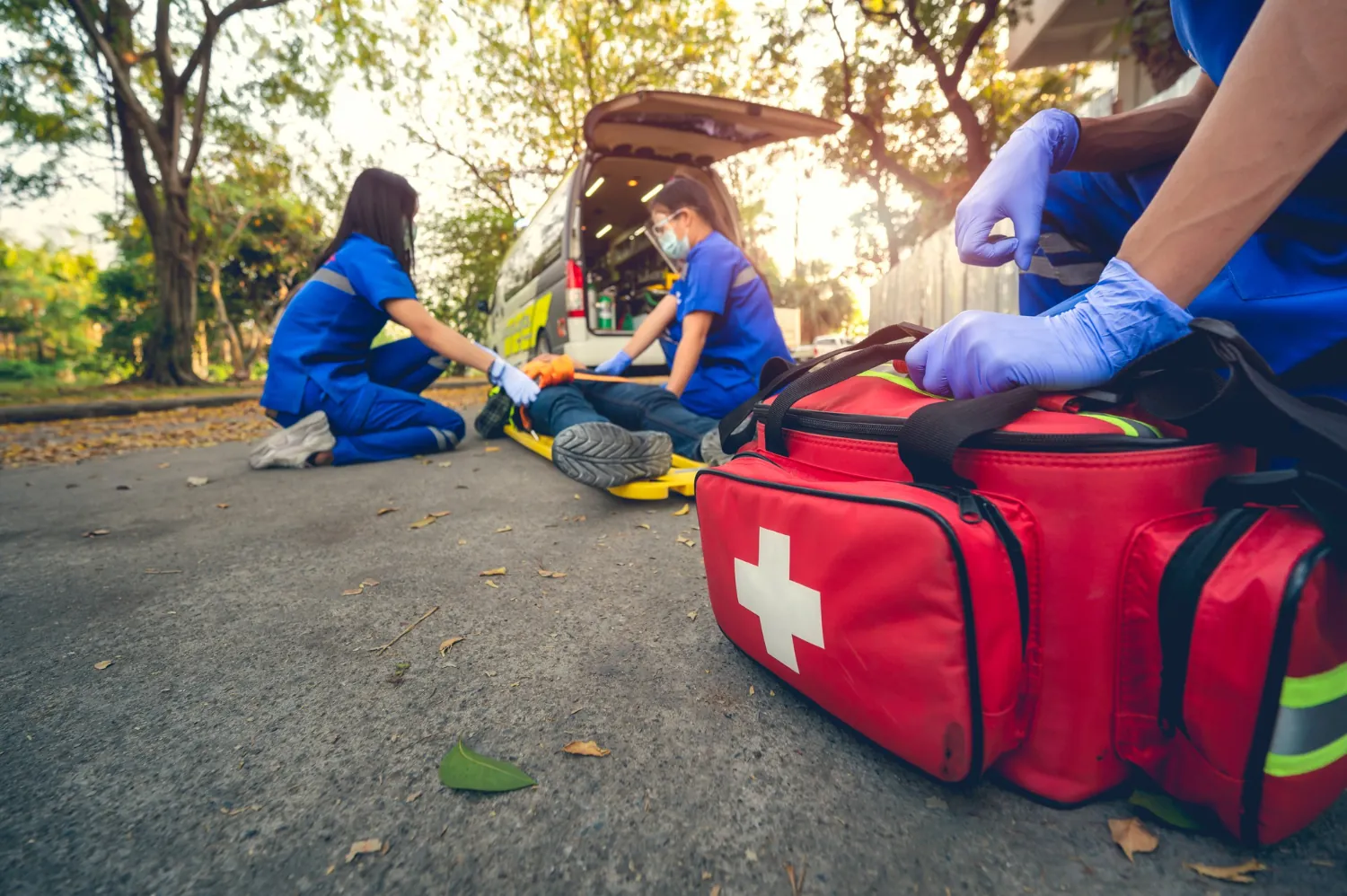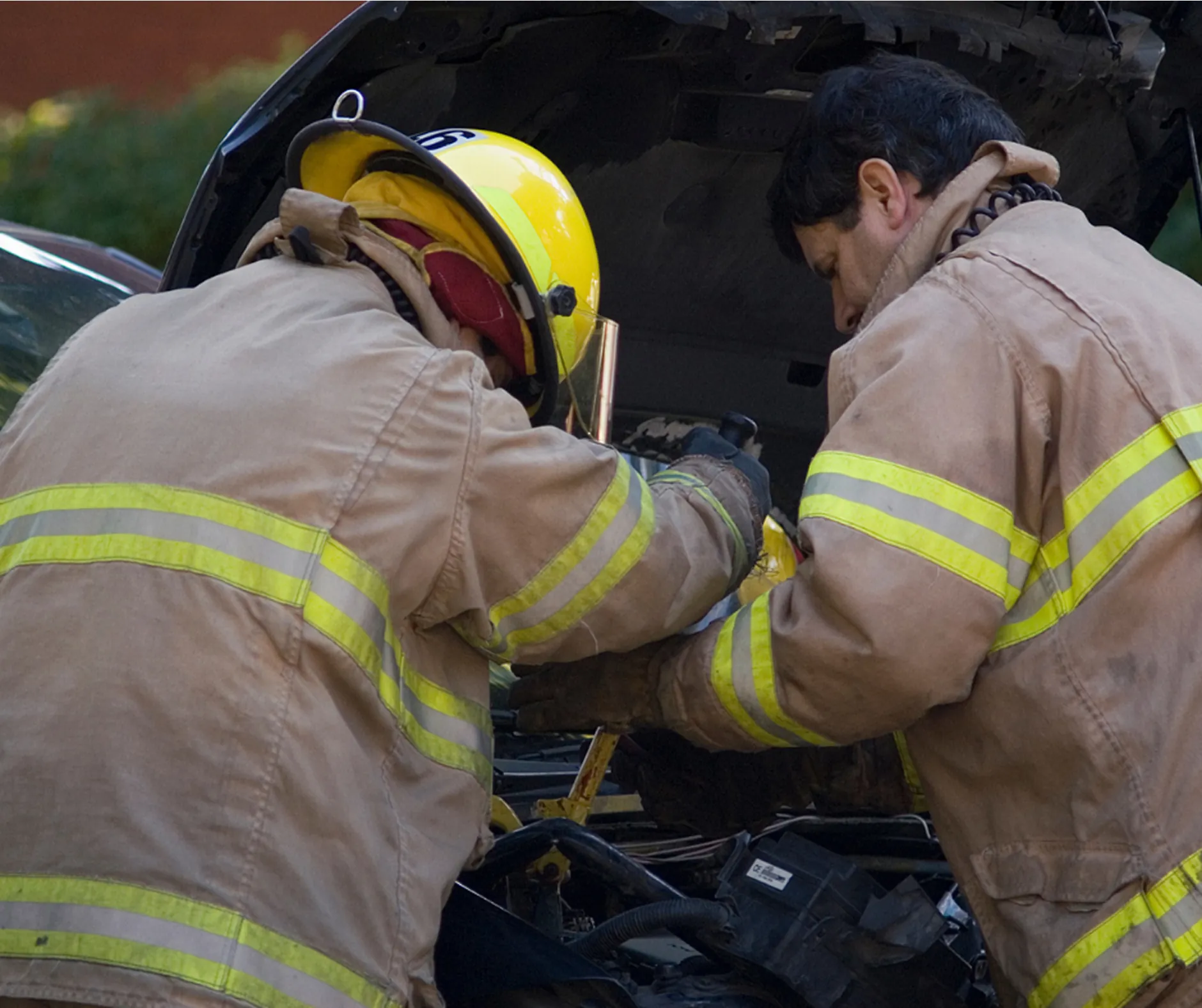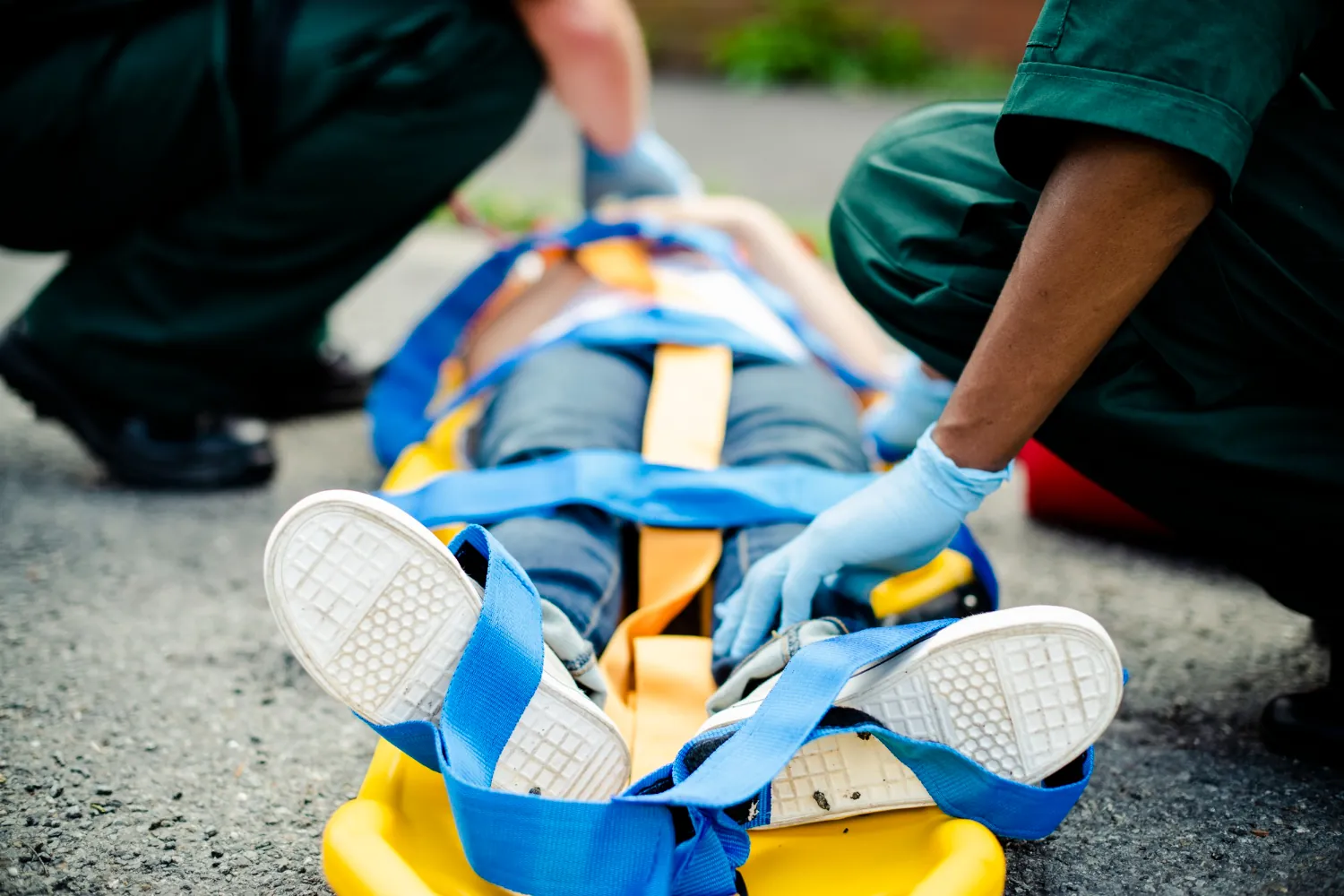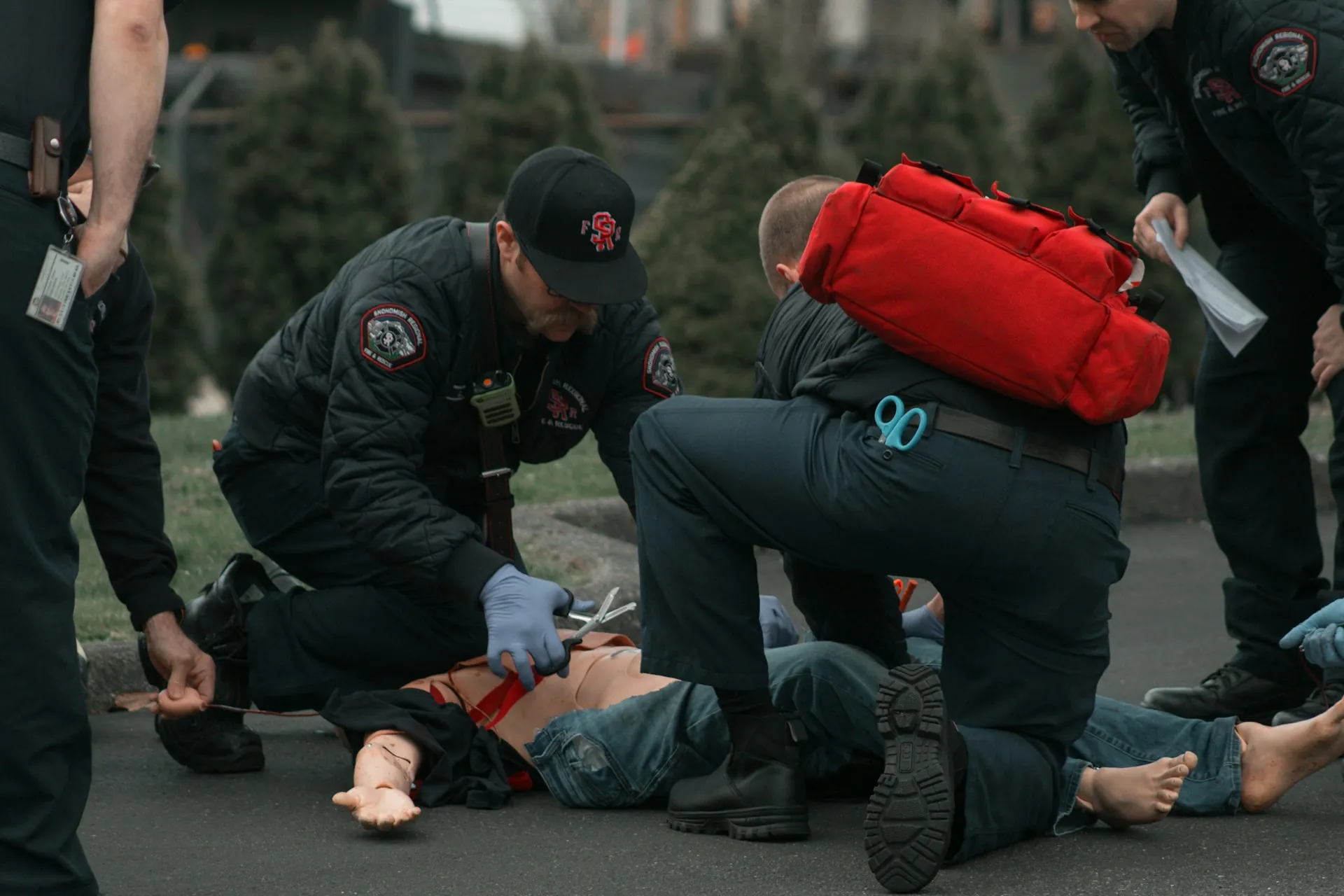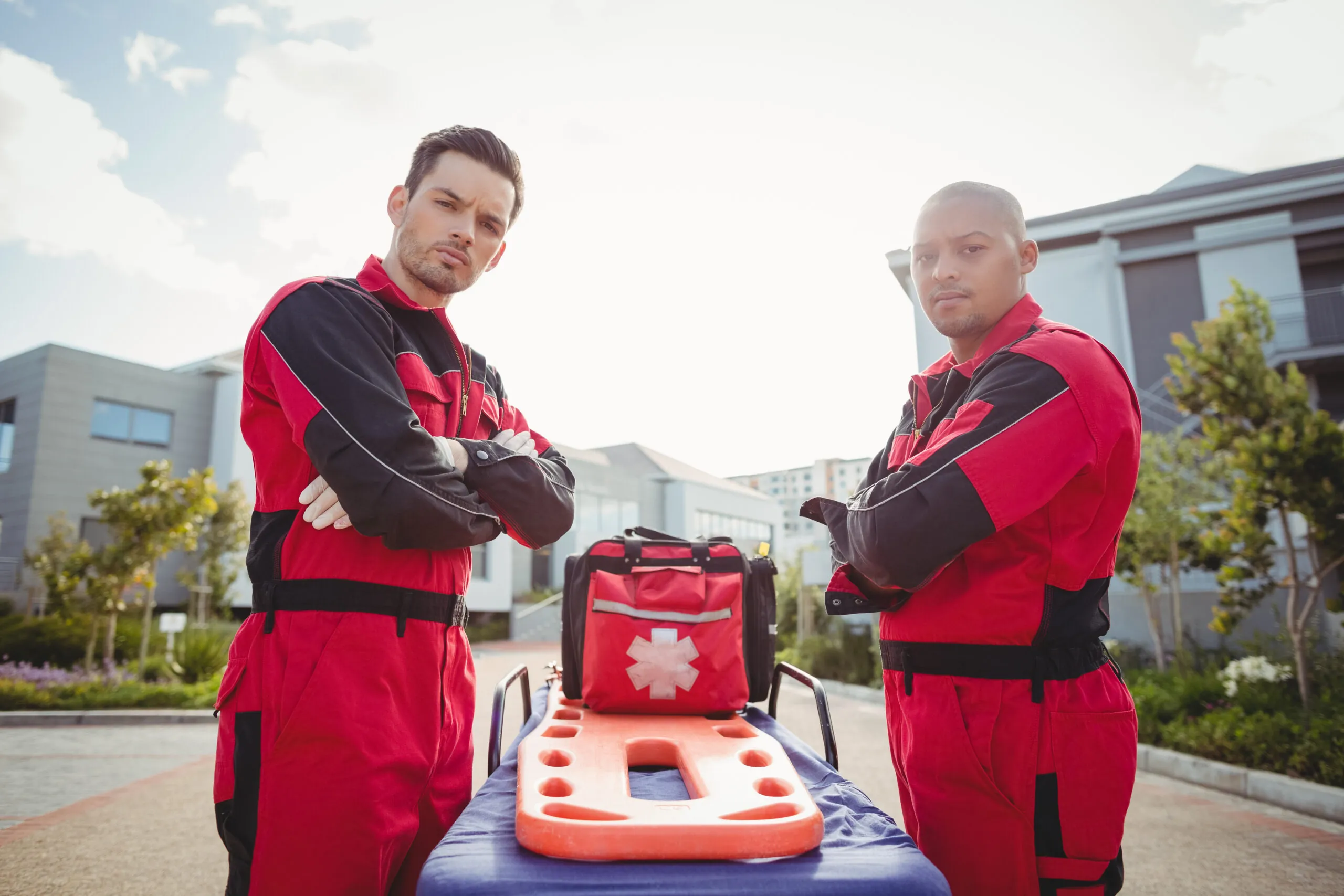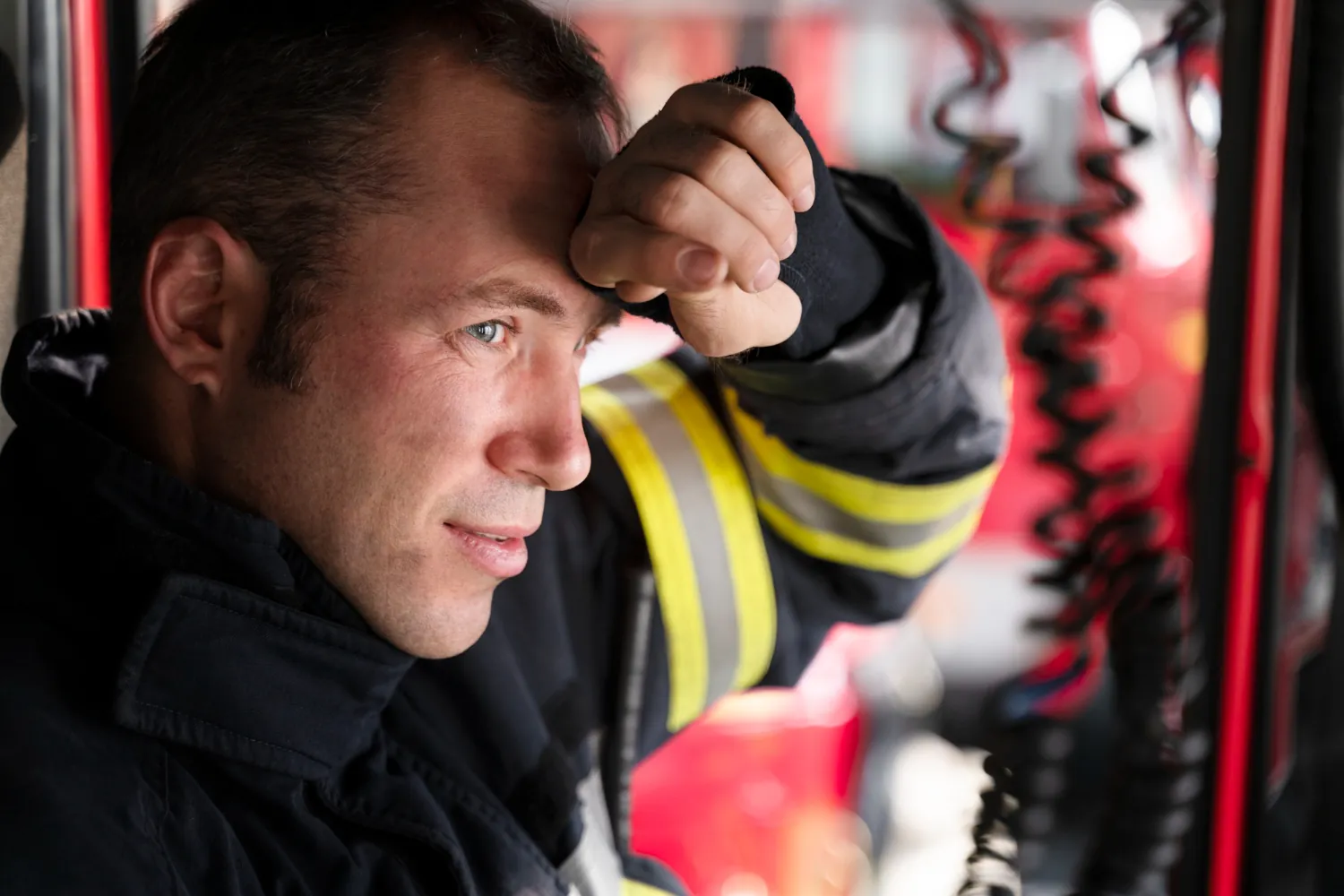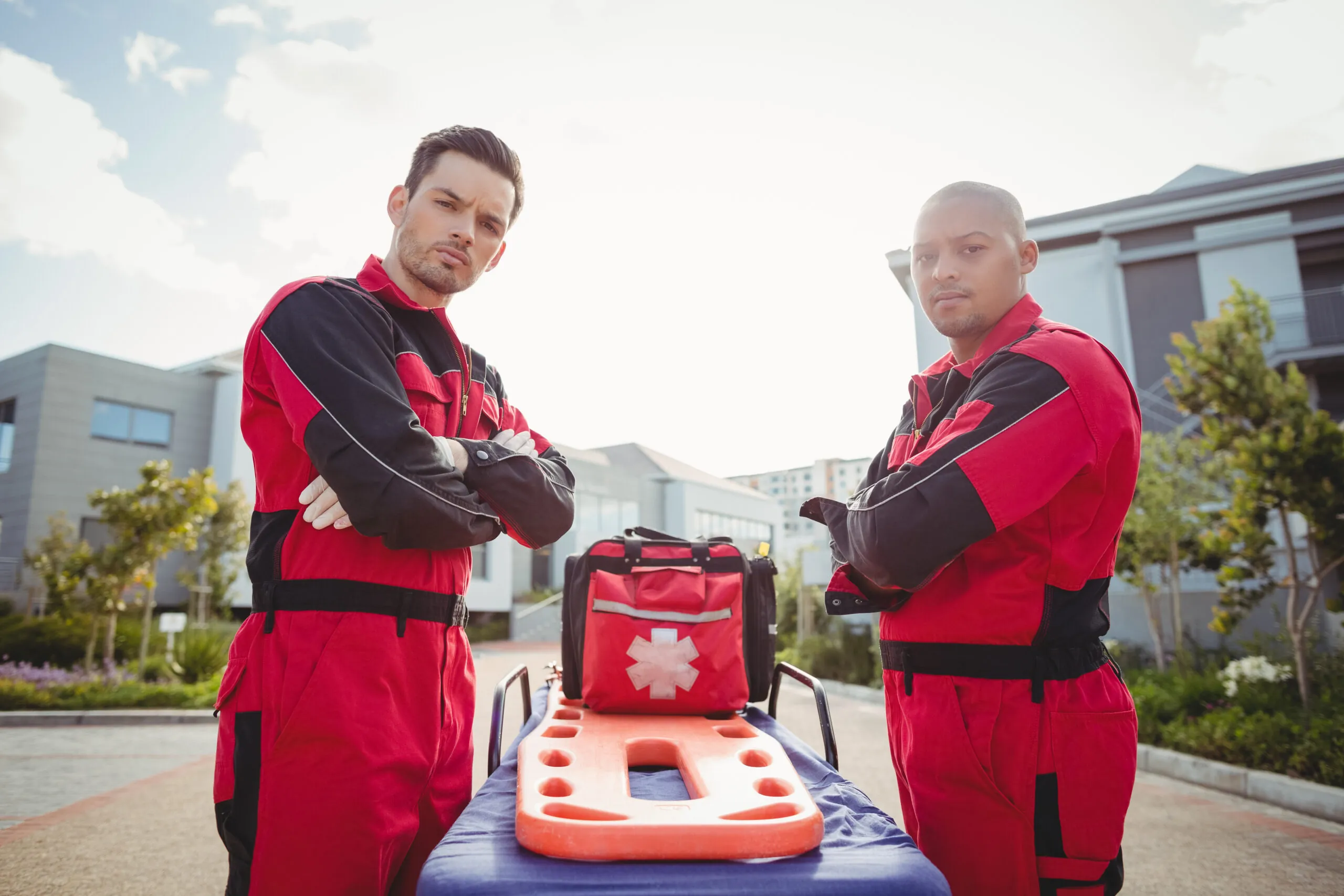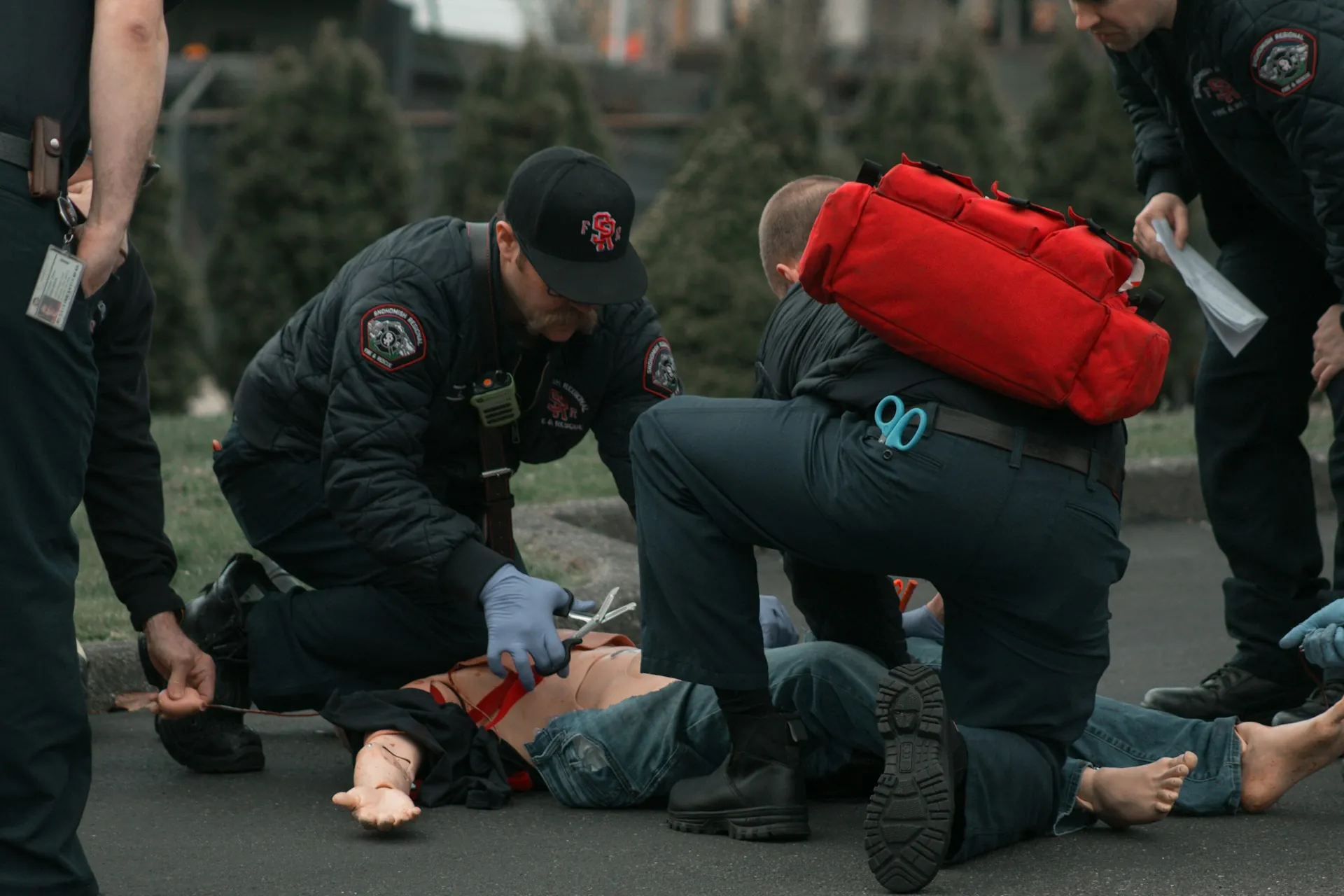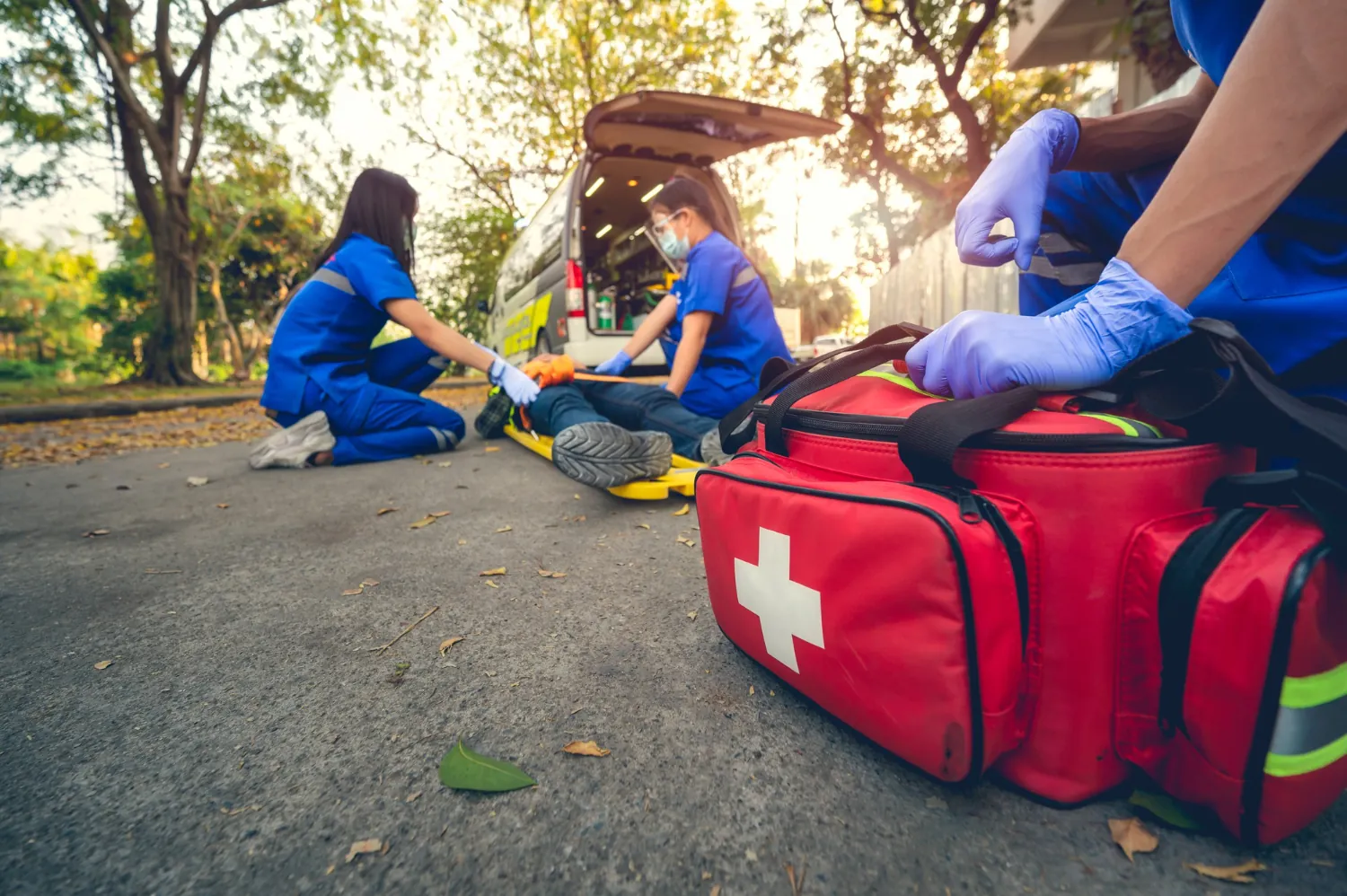When the Call Ends, the Narcotics Chain of Custody Doesn’t Stop

When a call ends, most emergency responders are thankful for the moment to breathe, restock, and reset before the next dispatch. But when we carry and administer controlled substances, especially narcotics, the work doesn’t stop just because the sirens go quiet.
One of the most critical responsibilities of EMS personnel is documenting and securing the chain of custody for narcotics. While it might not seem like a matter of life or death, managing the chain of custody can actually be one of the most critical actions you take on a call.
What is the Narcotics Chain of Custody?
Emergencies, by their very nature, are fast-paced and high-stress. Narcotics like fentanyl, morphine, and ketamine are an essential part of patient care. But these scheduled drugs also carry risk for misuse, loss, and diversion.
Every responder, whether EMS, law enforcement, or fire services, is responsible for these substances when they’re used at the scene of an emergency. Properly managing the narcotics chain of custody can protect you as an individual and a unit.
Once a medication is stocked, it needs to be tracked through the entire life cycle, whether it's used, wasted, or returned. This monitoring process is referred to as the chain of custody. It must be clear, documented, and verifiable.
For many years, EMS has led the way for best practices with digital tracking and real-time accountability. Police and fire services are just as liable for the narcotics within their purview, so it can be helpful to examine the protocols in place for the EMS chain of custody and glean the best practices.
What information should be part of the chain of custody? Everything that happens in a controlled substance's lifecycle, from the initial procurement to the emergency department. Typically, this includes:
- Who received the narcotic at the base?
- Who signed out the narcotic for use?
- When and where is the narcotic stored?
- Who administered the drug or who wasted it?
- Where was it returned, or was it disposed of, or restocked?
- Happenings and details documented at each step.
Though it's good practice to keep all this relevant information in a legal document, it's also a requirement under federal law. The Drug Enforcement Administration (DEA) requires any agency issuing controlled substances to track the process with clear accountability and transparency. This starts with acquisition and ends with the administration or destruction of the drug.
Chain of custody can be easy to oversee when controlled substances are stored in central places. In hospitals, the medications are stored in secure vaults. But in emergency response, operations are taken on the road. Responders must handle and track in mobile, unpredictable environments, which adds a significant challenge to maintaining a tight chain of custody.
Real-Time Tracking in EMS
The EMS field has produced some of the most advanced protocols for narcotics accountability; many of these steps have been born of necessity. Responders are often handling multiple patients in uncontrolled environments. They operate independently with limited oversight during calls.
Additionally, EMS shifts are long. Narcotics may be passed from one crew to another during shift change. With multiple points of contact on the chain of custody, it’s clear why the process is tightly regulated. The DEA and state boards implement guidelines and oversee the reporting requirements under strict scrutiny.
EMS agencies often use digital tools like LogRx to log medication use in real-time. LogRx was developed by first responders, who understood the unique needs and challenges of the industry.
Responders scan barcodes from their own handheld device (no additional hardware required). Once scanned, the life of the medication is tracked, including documented usage, waste, and expiration. These EMS chain of custody reports or logs must comply with the DEA regulations.
Failure to properly track controlled substances can lead to a myriad of issues, including fines and legal ramifications. That’s why paper tracking is outdated and no longer fits the needs of modern EMS.
LogRx offers:
- Immediate tracking to prevent forgotten entries or falsified tracking.
- Real-time alerts to help control inventory and flag expired or soon-to-expire meds.
- Mobile access that even works offline, for fast, clear documentation in the field.
- Audit trails and reporting features from the Admin Portal make oversight simple.
- Reduced risk of diversion from theft or misuse.
Protection for your team starts with airtight documentation. The chain of custody must run through shift changes, station transfers, hectic days, and multi-agency responses. Fortunately, LogRx helps keep it simple and convenient.
Fire Services Have a Growing Need for Accountability
The overlap between EMS and fire services is significant now more than ever. Many fire departments are trained in ALS (Advanced Life Support) techniques, and with that medical training comes the responsibility of carrying controlled substances.
Fire departments often arrive before ambulances, especially in dual-role departments and rural settings. Whoever gets to the site of the emergency first needs the lifesaving tools and training ready to go. Many fire departments are starting to adapt to the careful chain of custody requirements for dispensing narcotics.
Some of the challenges faced by fire departments include a less formal medical infrastructure and training. In many stations, there’s a lack of centralized drug storage. Cross-staffing between EMTs and firefighters can also present challenges that paper-based tracking can’t overcome.
Fire agencies can protect their team, patients, and organization from risk by implementing some of the protocols that are already prevalent in EMS, such as standardized logs for drugs, tamper-evident seals on controlled substances, and mandatory narcotics tracking and auditing during shift change.
Patient care has become an integral part of a fire agency's responsibilities, particularly in light of staffing shortages within the EMS field. To keep everyone safe, a strong chain of custody is critical for protection.
Chain of Custody and Law Enforcement
Police and law enforcement officers aren't usually the ones to dispense and administer medications. However, that doesn't remove them from the chain of custody process.
In many areas, police departments now carry naloxone (Narcan) to reverse opioid overdoses. Police officers must also handle substances during investigations and as part of the drug evidence collection process. Even though law enforcement isn’t providing patient care, per se, they still have accountability for narcotics they encounter or confiscate during their work. The final result of criminal cases can hinge on the integrity of a single piece of evidence and whether the protocols and mandatory guidelines were followed.
Law enforcement officers may also be custodians of expired and unused narcotics from EMS agencies during incineration and destruction events. Often, police stations serve as the community's collection site. Even at these points, maintaining the chain of custody remains vital.
Failing to document transport, losing evidence, unsecured storage, and other procedural lapses can facilitate diversion. Poor documentation and oversight can also compromise legal cases, resulting in questionable or unusable evidence. In court, evidence will undergo a review process, and the outcome of criminal charges may depend on how an arresting officer handled the legal documentation.
Law enforcement can keep their departments safe by following the same practices as EMS and other first responders. Real-time documentation, sealed and signed transfer logs, and collaborative protocols with other local agencies can help ensure that proper evidence handling procedures are in place.
When the Chain of Custody Breaks Down
Even the most tightly run agencies can experience gaps in their chain of custody for narcotics. Many of the errors and oversights aren't nefarious, but they still create a significant liability. Human error can still put your department at risk.
One of the most common issues is missed log entries after hectic calls. Paper tracking was the older standard for managing the chain of custody, and many departments have yet to modernize their practices.
Other issues can arise when unsealed containers are passed between crews and even between departments. For example, a fire department may have a different tracking system or protocol than its neighboring EMS agency, creating a silo when it comes to cross-tracking.
Wasted doses must also be properly recorded. Many medications have short effectiveness windows, and expired medication can even present a toxicity danger. More commonly, if it has become less effective, this is a dire issue in emergency response.
For situations with multi-agency responses, things can get quite murky. For example, a medic may draw the fentanyl, a firefighter might administer it, and a police officer may document the scene…so who has legal duty over the narcotics log? Cross-agency protocols are necessary to ensure that nothing falls through the cracks.
The way first responders handle narcotics can make or break public trust. It's not enough to administer the right medication at the right moment; it must also be properly logged and recorded to demonstrate proper use.
The chain of custody is a reflection of your department's commitment to safety, professionalism, and accountability. Fortunately, LogRx is here to support you and to make the process of tracking medication simple, safe, and stress-free. To learn how we can support your team, reach out today.
Categories
Recent Posts
- LogRx and Knox: How LogRx Integrates with EMS Medication Lockboxes
- Connecting Community and EMS: 7 EMS Community Outreach Ideas
- Projecting Professionalism: Why EMS Uniforms Matter
- EMT Off-Duty Response: What You Should Carry Everywhere
- Basic EMT Trauma Assessment Scenarios: Gearing Up for Certification
